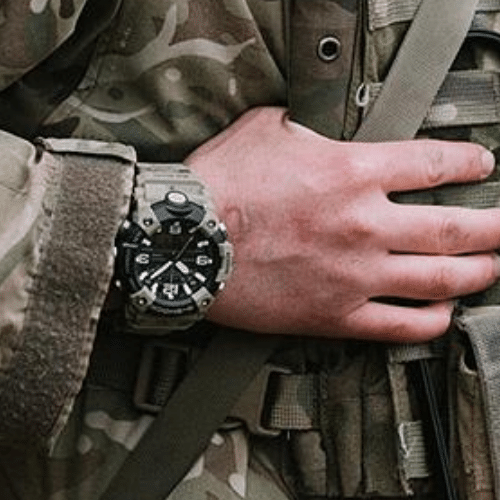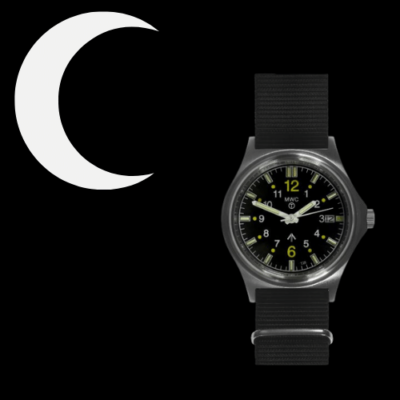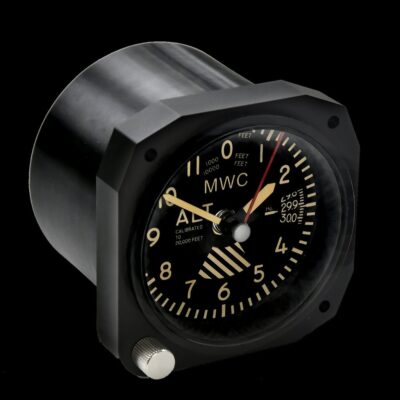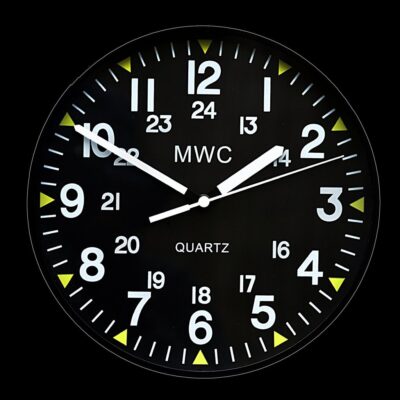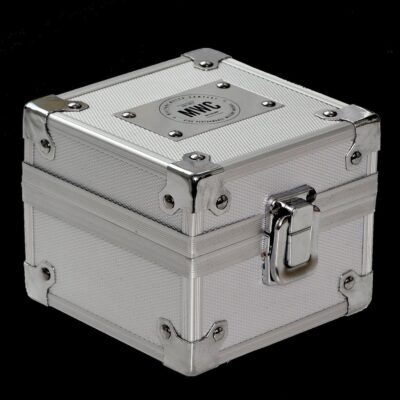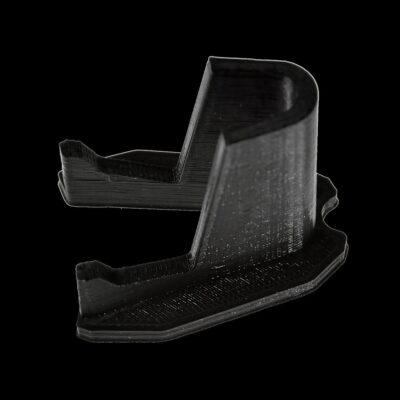News
Why Pakistan’s Defence Minister Just Brought J-35 Stealth Fighter Procurement Plans Into Serious Question
Pakistani Defence Minister Khawaja Asif has claimed that multiple reports that his ministry had already signed a contract to procure Chinese fifth generation fighter aircraft have been false, stating during a recent interview that such reports were “only in the media.” The Pakistani government was reported by local media outlets in December 2024 to have approved the procurement of the J-35, an export variant of the FC-31 medium weight fighter design. Preceding this the head of the Pakistan Air Force Air Chief Marshal Zaheer Sidhu in December 2023 announced that the Defence Ministry waspreparing to place an order for Chinese fifth generation fighters, with the service announcing at the time: “The foundation for acquiring the J-31 stealth fighter aircraft has already been laid, which is all set to become part of the fleet in the near future.” The designation ‘J-35’ for the export variant had not been announced at the time, with the designation J-31 expected to be used for variants of the FC-31 developed for the Chinese People’s Liberation Army Navy.

Pakistan’s interest in procuring an export variant of the FC-31 follows China’s emergence as one of just two countries to field full regiments of indigenous fifth generation fighters, alongside the United States, with the introduction of the J-20 heavyweight fighter into service in 2017, and the subsequent rapid incremental modernisation of the design. The J-35’s export prospects are expected to benefit significantly no only from the considerable prestige which the J-20 program has given the Chinese fighter aviation industry, but also from the major recent successes which Chinese J-10C ‘4+ generation’ fighters had against Indian air power, including its newly procured Rafale fighters, during clashes in early May. The J-10C is one of two new fighter classes which Pakistan is currently procuring, alongside the aircraft’s lighter counterpart the JF-17 Block III. China’s expected emergence as the first country in the world to field sixth generation fighters, particularly after its unveiling of two new sixth generation fighters in December 2024 at flight prototype stages, is expected to further increase foreign interest in procuring its aircraft.

Defence Minister Asif’s statement may have multiple explanations, including a desire to downplay the country’s plans to acquire fifth generation fighters to reduce the possibility of India responding be expediting its own procurement plans for similarly advanced aircraft. With Russia and the United States having escalated efforts to market their rival Su-57 and F-35 fifth generation fighters at the Aero India air exhibition in February, while the F-35 is expected to be excluded from being seriously considered for political reasons, procurement of the Su-57 and a license production deal are reported to be under serious consideration. The losses suffered by Indian Rafale fighters to the J-10C, and the looming possibly of Pakistani J-35 procurements, are expected to further increase the perceived urgency of acquiring the Su-57, with Russia appearing to have capitalised on this by announcing an unprecedented offer to provide the Indian Defence Ministry with full access to the fighter’s source code in the aftermath of the Indian-Pakistani border clashes.

Another significant possible rationale for Minister Asif’s statement is that it was intended to downplay the extent of the country’s defence ties with China in order to avoid pressure from the United States. The Pakistan Armed Forces received significant Western support in efforts to topple the more closely Chinese aligned administration of Prime Minister Imran Khan in 2022, with Islamabad since then having sought to sustain closer ties with countries in the Western world. Without the J-35, however, Pakistan would lack options to counter an expected Indian procurement of the Su-57, as the United States, Russia and South Korea are not expected to offer their own fifth generation fighters. Although Turkish government sources have pitched the country’s TF-X fighter currently under development as a fifth generation aircraft, it will still use the American F110 engines from the F-16, and is expected to fall far short of fifth generation standards due to the serious limitations of the country’s technological base and its total lack of experience developing such aircraft. Without procurements from China, therefore, Pakistani acquisitions of any fighter more capable than the J-10C are unlikely to materialise for the foreseeable future, forcing Islamabad to balance its priorities of placating the West and strengthening its air power.

